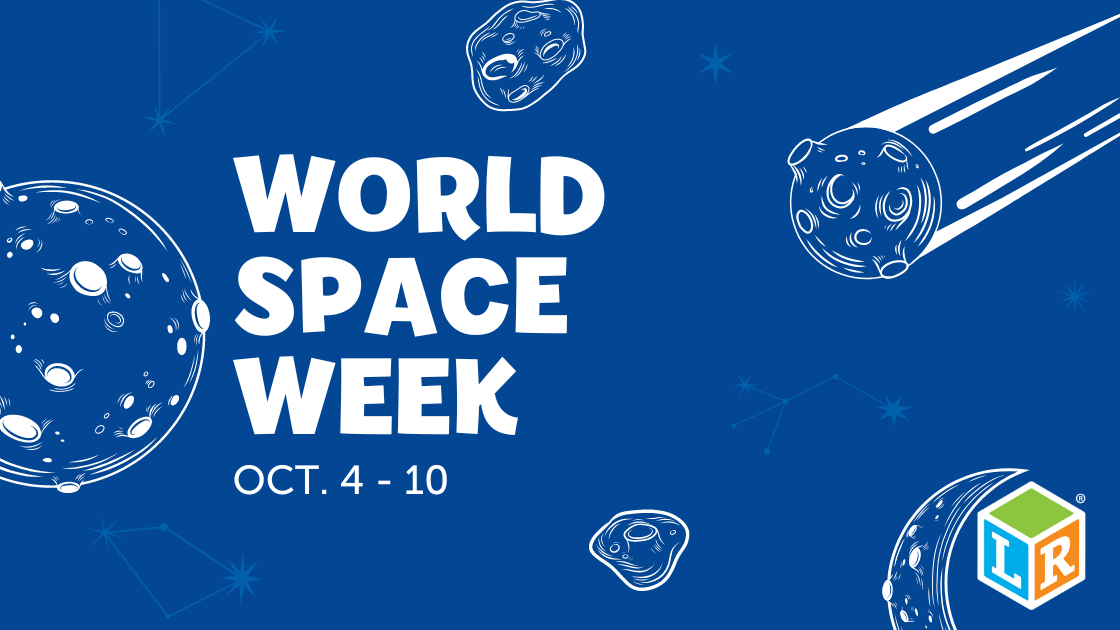DIY Coding Candy Canes!
- Learning Resources Posted On Nov 14, 2022 | STEM
I’m sure by now you have heard about how beneficial “STEM activities” are for children, but many of you may be wondering what that means or entails. STEM activities are anything that promotes curiosity and growth in the areas of science, technology, engineering, and math.
Although those topics may sound pretty advanced for a preschooler or young child, there are many easy ways to incorporate a love for these concepts in the early years! Curiosity, creativity, collaboration, and critical thinking are at the heart of STEM! These are traits that the youngest child can be encouraged to explore.
One fun topic that we’ve been interested in lately is coding! I would have never imagined that my three and 5-year-old would be excited about something that I thought was so complex, but boy was I wrong. Their fascination began when we started playing with various imaginative play toys to teach them coding, our favorite being Botley the Coding Robot. They were instantly intrigued by the reactions that resulted from the commands they typed in!
I loved watching their little minds click as they realized that each command change would create a different outcome. To foster their new love for this concept, I began providing additional screen-free activities to help them become better at following patterns and various steps. Here is a fun, holiday-themed coding activity you can easily create for your little one.


Coding Candy Canes!


Supplies Needed for Coding Candy Canes
Pipe cleaners, pony beads, paper, and markers. Cut each pipe cleaner into three pieces and bend them into a candy cane shape. Next, select the colors or beads that you want to use. I recommend 2-3 colors for younger children, but you could use as many as you wish for an older child. Because the activity was for both of my daughters, I chose only red and green.
Putting it together
Lastly, take your paper and draw various candy canes on it, adding colored “bead dots” with your markers in the patterns or order you want your child to mirror.
Provide your child with pipe cleaner candy canes, beads, and paper. Ask them first to sort the beads into different color piles. Then, instruct them to create candy canes that match the ones on the paper. My girls loved this activity, and we hung the finished candy canes around our playroom as festive décor.




So there you have it: an inexpensive, low-prep, and screen-free way to introduce coding to your child! I hope that you found this informative and that it sheds some light on just how fun and easy STEM activities can be.
 Shop UK Site
Shop UK Site 





































